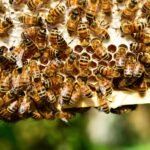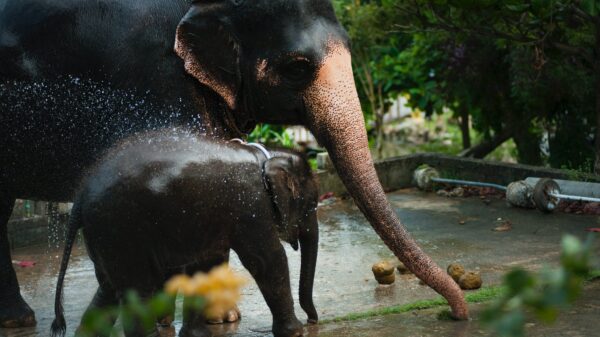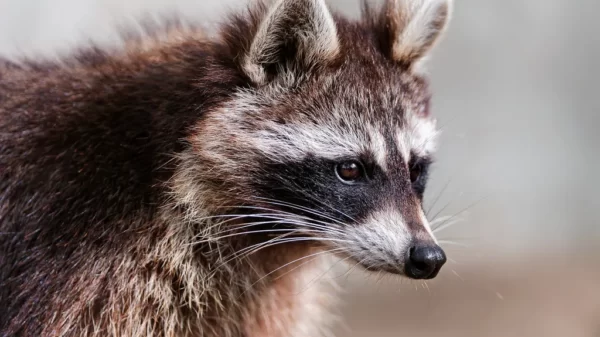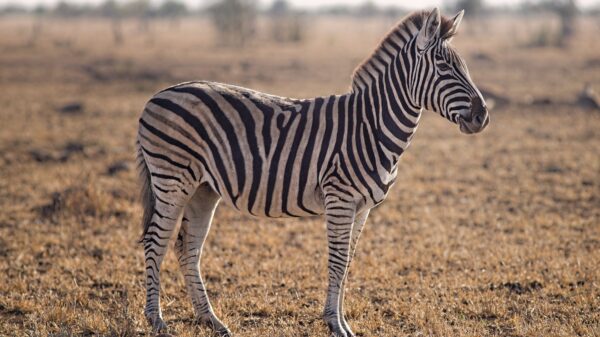From chameleons that change color to match their surroundings, to polar bears with thick fur and blubber to stay warm in freezing temperatures, animals have incredible survival skills that allow them to thrive in even the harshest environments. In this blog post, we’ll take a closer look at some of the most fascinating examples of animal adaptation and explore how these creatures are able to adapt and survive as their habitats change over time. So buckle up for a wild ride as we unveil the marvels of animal adaptation!
Introduction to Animal Adaptation
Animal adaptation is a fascinating topic that can help us understand how animals have evolved to survive in changing environments. In this blog article, we will explore the different ways in which animals have adapted to their surroundings, including physical adaptations, behavioral adaptations, and physiological adaptations.
Physical adaptations are changes in an animal’s body that help it to survive in its environment. For example, many animals have developed thicker fur coats to protect them from the cold. Others have developed longer limbs that help them to run faster or climb better.
Behavioral adaptations are changes in an animal’s behavior that help it to survive in its environment. For example, some animals migrate to new areas when their food sources become scarce. Others hibernate during the winter months to conserve energy.
Physiological adaptations are changes in an animal’s physiology that help it to survive in its environment. For example, some animals can go into a state of torpor when food is scarce, which helps them to conserve energy. Others can change the way they process food so that they can extract more nutrients from it.
Types of Animal Adaptations
There are many different types of animal adaptations, each one helping the animal to survive in its specific environment. Some common types of adaptations include:
– camouflage, which helps the animal to blend in with its surroundings and avoid predators;
– hibernation, which allows the animal to conserve energy during periods of scarce food availability;
– migration, which enables the animal to move to areas with more favorable conditions;
– physical adaptations, such as modifications to the skeleton or musculature that allow the animal to better move through its environment;
– behavioral adaptations, such as changes in feeding or mating habits that help the animal to survive in its changing environment.
Examples of Animal Adaptations
There are many examples of how animals have adapted to changing environments. One example is the way that some animals have developed fur or feathers to protect them from the cold. Another example is the way that some animals have developed longer legs or webbed feet to help them move through water or mud.
Some animals have also developed specialised organs that help them to survive in their environment. For example, many desert dwelling animals have long, narrow noses that help them to conserve moisture. Some fish have gills that allow them to breathe underwater.
Animals also often adapt their behaviour to survive in their environment. For example, many animals migrate to find food or avoid predators. Some animals hibernate during winter to conserve energy.
Impact of Climate Change on Animal Adaptations
The impact of climate change on animal adaptations is both significant and far-reaching. As the planet warms, animals are being forced to adapt to new and changing environments in order to survive. These adaptations can be physical, such as changes in fur coloration or body size, or behavioral, such as altering migration patterns.
Climate change is already having a major impact on many species of animals, and the situation is only expected to worsen in the coming years. As temperatures continue to rise and habitats shift, animals will be increasingly challenged to adapt. Those that are unable to do so will likely perish.
The impact of climate change on animal adaptations is thus a major conservation concern. By better understanding how animals are adapting to their changing environment, we can help them survive and thrive in the face of climate change.
Strategies for Animals to Survive Climate Change
In a rapidly changing world, animals must be able to adapt to survive. But what happens when the rate of change is too fast for them to keep up? As the climate continues to warm, many animals will face this problem. Here are some strategies that animals can use to survive climate change:
1. Move to a more suitable habitat. This is often easier said than done, as suitable habitats may be far away or already occupied by other species. Nevertheless, it is important for animals to find a place where they can thrive.
2. Change their physiology or behavior. Some animals have the ability to change their physiology in response to changes in their environment. For example, some fish can alter their body temperature to match the water around them. Others may change their migration patterns or the time of year when they breed.
3. Adapt through evolution. Over time, natural selection will favor those individuals who are best suited to their environment. This process can take many generations, so it may not be an option for species that are already under threat from climate change.
4. Use human-made resources. In some cases, humans can help animals adapt to climate change. For instance, we can provide birdhouses and nesting materials for species that are losing their homes due to deforestation or sea level rise
Conclusion
In conclusion, animals have incredible abilities for adaptation to changing environments. Their ability to adapt can be seen in the various strategies that they employ from camouflage, hibernation, and migration. Whether it is through physiological or behavioral changes, animals have proven their resilience against a range of environmental conditions. Understanding the mechanisms behind animal adaptation can help us better appreciate the marvels of these creatures and gain insight into how we too can weather unexpected changes in our own lives.










